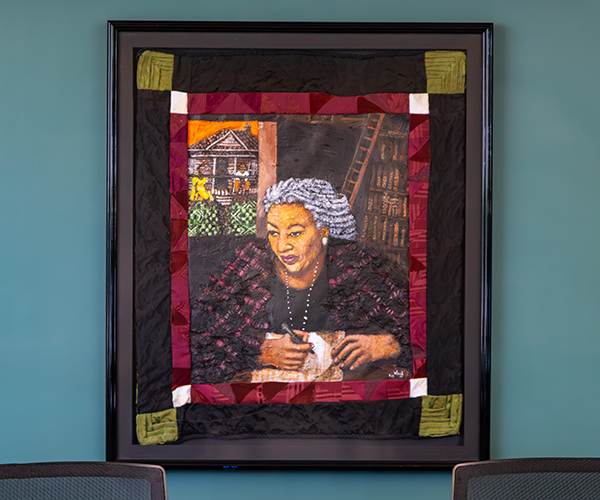James Badal didn't plan to write about the Torso Murders again. His 2001 book In the Wake of the Butcher had already shed new light on the serial killings that terrorized 1930s Cleveland, identifying Dr. Francis E. Sweeney as then-Cleveland safety director Eliot Ness' long-rumored secret suspect.
But eye-opening discoveries in the Cuyahoga County coroner's archives led Badal back to the crime and a shocking conclusion in his new book, Though Murder Has No Tongue (Kent State University Press, $22.95). Badal thinks suspect Frank Dolezal's death in the county jail in August 1939 was murder, not suicide.
Dolezal, a raging alcoholic, owned a collection of butcher knives and frequented the same bar as the torso killer's identified victims. But he was arrested despite little evidence linking him to the crime. Before he died, reporters saw him with a black eye. He'd told people he'd been beaten in custody.
Badal says newly discovered photos and an inquest transcript cast grave doubt on the coroner's verdict and make it "very, very clear that a number of people [were] lying." Forensic experts tell Badal that a deep mark on Dolezal's neck isn't consistent with the soft cloths he allegedly hanged himself with. Badal assembles the evidence for murder but can only speculate as to a killer or motive.
"One of the reasons I think Frank Dolezal was murdered is because he died so close to the time he was supposed to appear before the grand jury," Badal says. "As one of the people I talked to at the police department said twice, 'Isn't it convenient he should die before going to trial?' "



